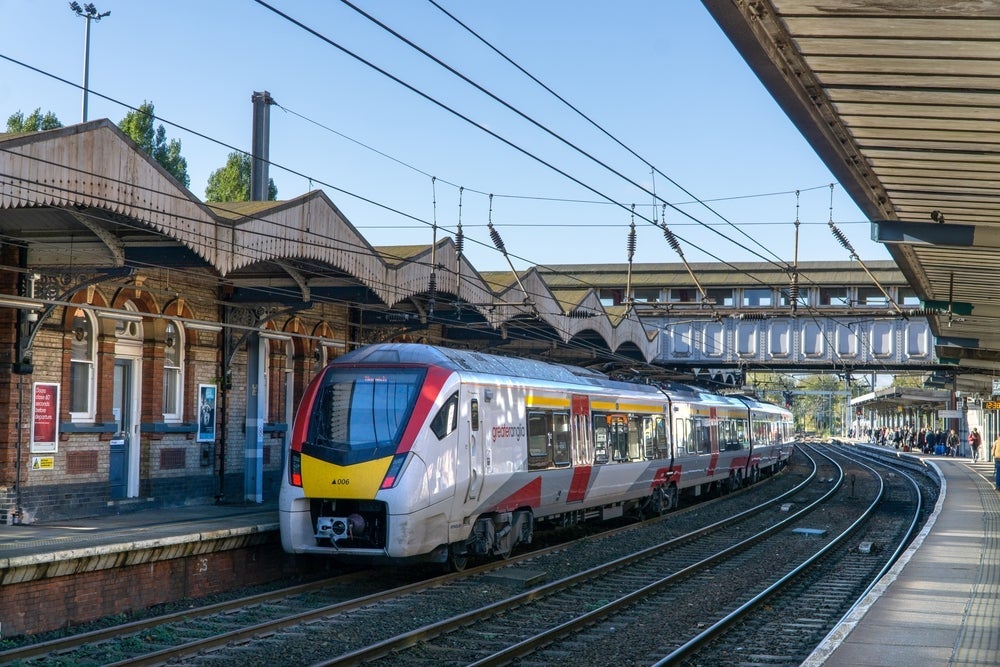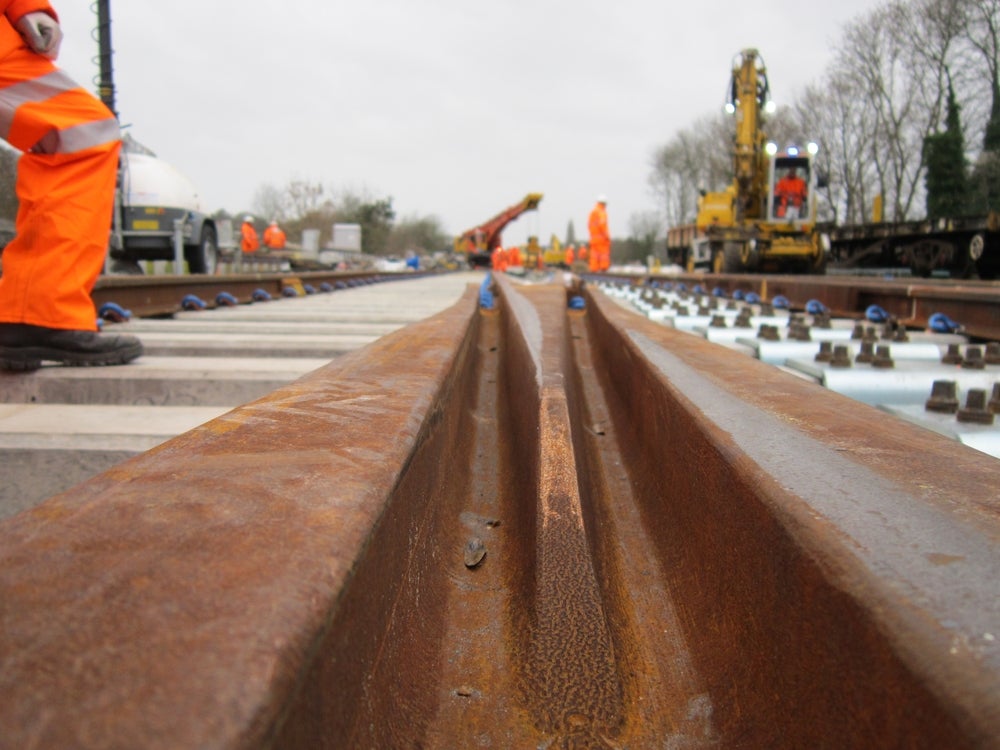Railway infrastructure such as passenger information systems, signalling, traction, and train control systems, and stations remain potentially at high risk of cybercrimes. The digitalisation of the industry has made them vulnerable to cyberattacks, attributed to factors such as increased connectivity with the digital systems, increased signalling network connectivity, distributed architecture, supply chain diversity, and more.
Efficient cybersecurity solutions for railway systems can offer real-time alerts and continuous monitoring. This allows full visibility to the railway operators across the systems and enables them to rapidly ward off any potential threat. Continuous detection of threats together with actionable insights will empower operators to review alerts and implement necessary actions.
Discover the leading cybersecurity companies in the railway industry
Using its experience in the sector, Railway Technology has listed some of the leading companies providing products and services related to cybersecurity.
The information provided in the download document is drafted for railway executives and technology leaders involved in rail cybersecurity solutions.
The download contains detailed information on suppliers and their product offerings, alongside contact details to aid purchasing or hiring decisions.
See Also:
Technologies supporting cybersecurity in the railway industry
Technologies such as smart ticketing systems, passenger information systems, freight information and analytics, and solutions, such as automatic stock management and fleet monitoring, support the deployment of cybersecurity solutions and services in the railway industry to prevent cyberattacks.
Government initiatives to develop smart digitalised and connected railways systems, as well as growing expansions, and joint ventures are driving the railway cybersecurity market.
Necessity of cybersecurity in railway modernisation projects
The anticipated lifecycle of the railway system is way longer than the lifecycles of the multiple technologies utilised to develop the entire system. Several generations of technologies are required to be integrated and secured to ascertain the security of the entire system.
The secure development lifecycle (SDLC) and vulnerability management lifecycle need to be implemented in the existing architecture to overcome potential cybersecurity challenges. Cybersecurity will span across different phases, such as manufacturing, testing, commissioning, supply, installation, maintenance, as well as decommissioning and disposal, to ensure security throughout the lifecycle.
Faster connectivity in real-time will result in the generation, processing, and analysis of an enormous amount of data. Cybersecurity will play a critical part in the secured digital transformation of the railway industry.





